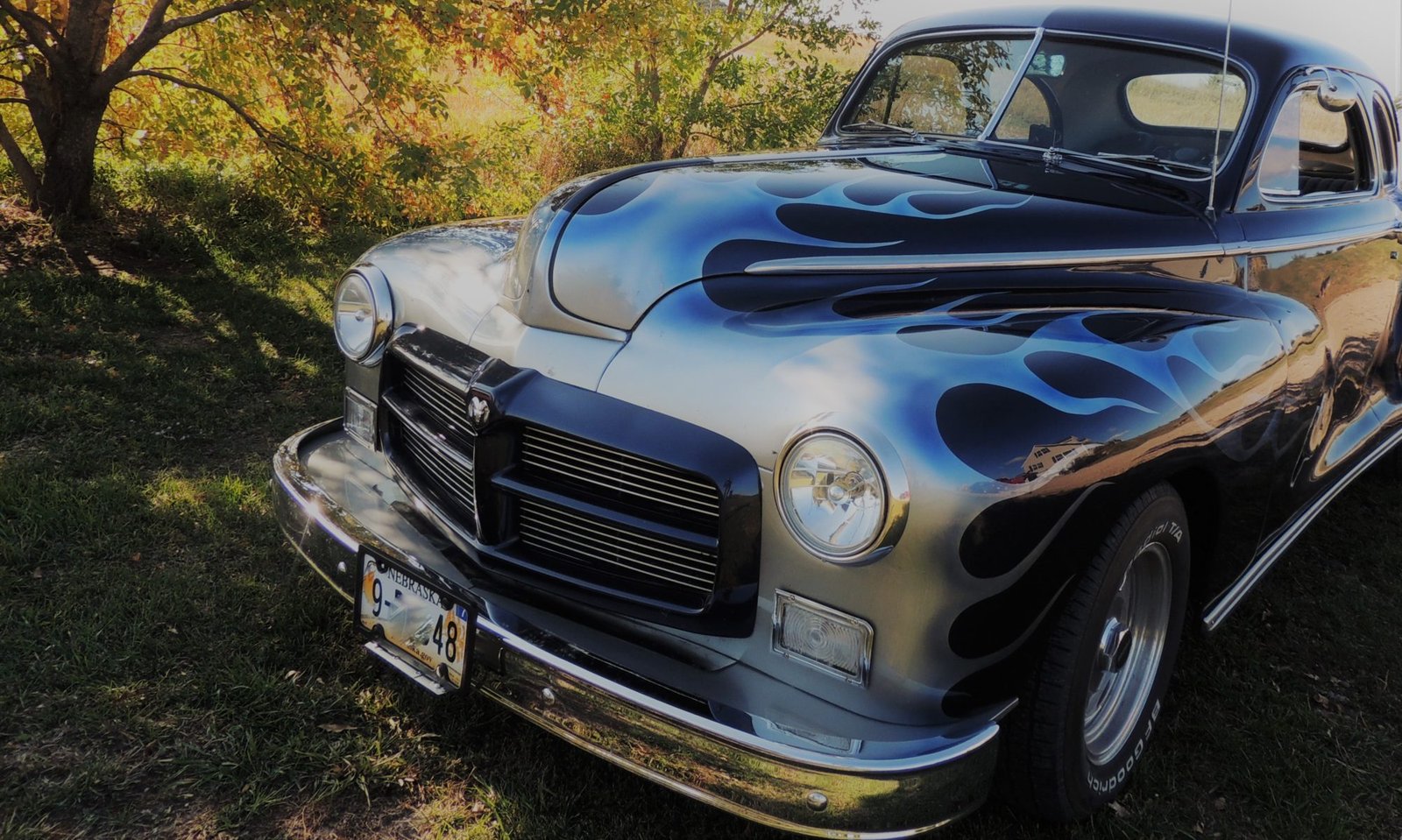We spent Independence Day in Nebraska’s 4th of July City, Seward, where the festivities always include a car show.


’47 Chevy Stylemaster


’57 Ford Fairlane 500
The line-up included a nice firecracker-red 1960 Buick with a “For Sale” sign in the window.




Seward is home to the Nebraska National Guard Museum, and that is where we saw a WWII Higgins Boat with an incredible backstory. It was revealed by receding waters in drought-stricken Lake Shasta in Northern California in 2021, and you can see video of that here. The Higgins boat, or Landing Craft, Vehicle, Personnel (LCVP) boat, played such a vital role that President Eisenhower described inventor Andrew Jackson Higgins as “the man that won the war for us.” There are less than twenty known to survive, so this was an incredible find, and I am so appreciative of everyone who played a role in its rescue.


Finally, Seward is home to a terrific antique store called Antiques on 34, and I found this amazing hubcap there:


It is in beautiful condition and looks like an old replacement cap for a 1941 Ford. This is what the cap looks like next to an original ’41.

I assume the replacement cap was made by Lyon, but I have not been able to confirm that fact. Lyon made lots of wheel covers, both original and replacement, but there is not a comprehensive source for identifying these Lyon products that I am aware of. This particular ’41 replacement cap is special because the same type of cap was used on Regg Schlemmer’s famous ’27 Roadster. The Hot Rod Foundation has a photo of that roadster posted here.

If this roadster seems familiar to you, it is likely because it appeared on the very first cover of Hot Rod Magazine in January of 1948. I recently purchased a reprint in hopes that there would be a good photo of my hub cap (there was not), but I had fun reading it anyway. Finally, in case you are wondering if your January 1948 issue of HRM is an original or a reprint, MotorTrend has a good explanation posted here.





















































